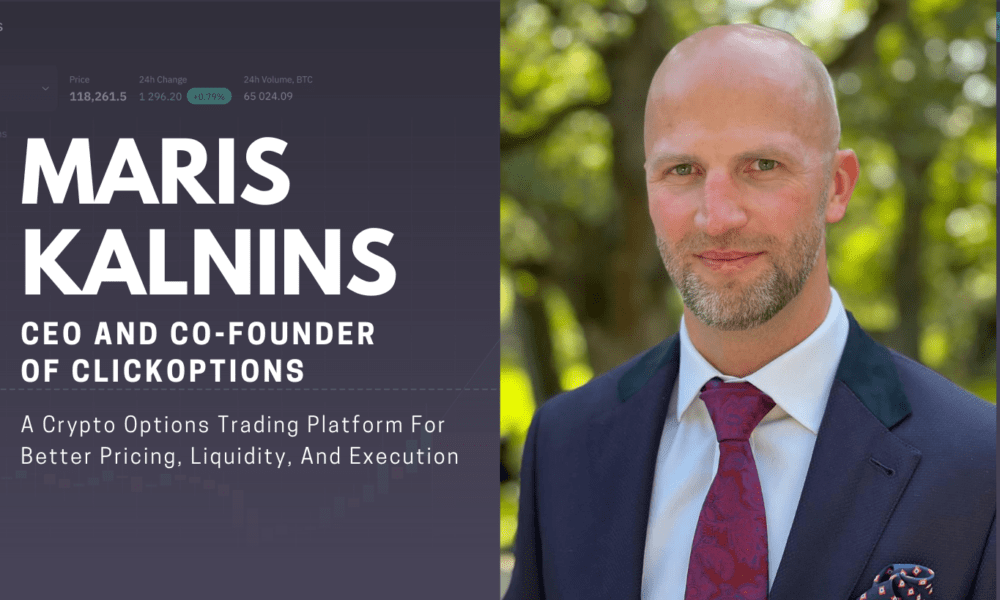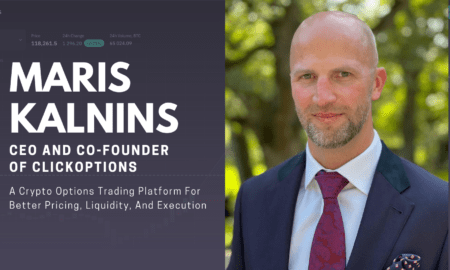When I was 21 years old, I opened a small store in Brooklyn with one fitting room and shelves full of coats from the New York Fashion Week tailgate and the first batch of jeans I ordered from a Chinese manufacturer.
At the time, I thought a “good clothing brand” was just a pretty logo, until a customer held up one of our embroidered T-shirts and said, “The material and cut remind me of the clothes my grandmother used to make when she was young” – that’s when I realized that a good clothing brand is something that leaves a mark on the customer’s heart.
Nearly 20 years later, our brand has transformed from a small street store into a fashion symbol that young people in Europe and the United States will make a point of visiting.
During this period, we have stepped on more potholes than we have sold: we have tried to blindly follow the trend of fast fashion, and we have also experienced supply chain rupture and almost closed down.
Today, I would like to save these years of practical experience, dismantled, 7 steps, each with the blood and tears of the lessons learned, I hope to help those who want to create a good clothing brands, friends, less detour.
A Good Clothing Brand Needs to Have Its Own Brand Positioning and Unique Value
When I first started my business, I always thought, “A good clothing brand is one that makes clothes that everyone likes,” and I ended up with T-shirts ranging from XS to XL in more colors than the rainbow.
Instead, customers were confused: “What kind of style do you sell?” Then I closed the store and started again. I spent three months figuring out one question: if customers could only use one sentence to describe my brand, what would it be? And then I found my way.
Unique Value Proposition Is Not a Slogan
For example, we insist that “every piece of clothing has an embroidered label with its production story”, and customers can scan the code to see a photo of the worker who sewed the garment in the factory.
This is the core competency that differentiates a good clothing brand from a fast fashion brand. Remember, vague positioning equals early failure.
A Good Clothing Brand Needs to Know Its Customers Like a Friend
Last year, there was a sudden explosion of work pants. I saw what competitors are doing, and quickly asked the factory to increase the order, but the result is a pile-up in the warehouse that can not be sold.
That’s the price of not doing your research properly. A good clothing brand should have a team of people who are responsible for surveying their customers. In the case of my store, we have a dedicated “trend radar” team: we swipe TikTok hashtags daily, track changes in search terms related to “vintage” on Pinterest, and analyze competitors’ bad reviews weekly.
More importantly, we talk directly to customers. We’ve set up a “Tweets Corner” in our stores, where we give free embroidery stickers to customers who leave us honest feedback. We also send them a questionnaire in the mail, asking them, “What’s missing from their closet these days?”.
Last year, a 19-year-old customer said, “It’s hard to find vintage jackets for small people,” so we developed a short denim jacket that became a hit that year.
A Good Clothing Brand Needs Its Own Unique Brand Label and Brand Story
Once at a New York fashion show, the owner of the next booth pointed to our hangtag and said, “Your story is more appealing than the clothes.” This shows that a good clothing brand story can often make more people remember you.
A good clothing brand stories should be emotional. When others are still emphasizing the relationship between quality and price produced by machines, we tend to emphasize that these products are made by workers.
I would tell customers that these products are handmade. Workers have a limited capacity every day, and when more products are produced, they get tired and the quality of the products will start to decline. These real details are more touching than any advertisement.
A good clothing brand label is simple and has its character. Our logo is handwritten, like a grandmother’s sewing notes. The main colors are indigo and beige, echoing the texture of denim and cotton linen.
Even the photos posted on social media insist on being taken with natural light. Our product pictures are not overly retouched. Let customers know that this is our family’s product when they see our pictures.
Quality Is the Bottom Line
We agreed with Mr. Chen factory that each piece of clothing should go through a strict quality inspection before leaving the factory. Before the clothes leave the factory, Lao Chen will personally check the fabric, stitching, buttons, pattern, prints, and labels.
At first, Mr. Chen thought I was too serious, but later he developed this habit himself.
Finding Reliable Clothing Manufacturers
Mr. Chen is the head of a clothing manufacturer. In the 15th year of working with Chen’s factory, he had our popular sweater suddenly run out of stock, so he had the factory work an extra night shift and shipped it by air to New York in time for a weekend sale.
This kind of tacit understanding is not formed in a day. When we first started working together, we had several fights because of the “button color deviation”.
Choosing a manufacturer is like choosing a partner. I visited more than 20 Chinese factories and finally chose Chen. It’s not because he offers the lowest price, but because he is honest and trustworthy. Whether it’s a small order or a big one, he can provide us with high-quality garments.
Be Sure to Communicate More and Learn to Communicate Accurately
Accuracy and Detail Are the Secrets to Communicating with Apparel Manufacturers
After experiencing many mistakes due to communication, I looked at the many imperfect products and began my own reflection.Now we use a shared form to update the progress of orders in real time, and each sample is accompanied by a detailed “modification list”: for example, “the cuff threads should be 10% tighter than the sample”, rather than just saying that the sample should be tighter.
Sharing Your Life Is the Best Way to Get the Word Out
Our Instagram account rarely pushes products hard, and is more about sharing the daily stories of our employees. Videos of our designers looking for inspiration at flea markets. Videos of our designers looking for inspiration at flea markets, or of workers sewing clothes in our factory. Even street photos of customers wearing our clothes. Once I posted a tutorial on how to turn an old T-shirt into a shopping bag, the number of interactions was even higher than the number of new product launches.
Finding the Right Kol Is Important
We seldom look for netizens with millions of followers, but prefer those with a few thousand followers, whose styles are in line with ours. There is a blogger who loves vintage style, wearing our white shirt with 10 kinds of collocation, and her fans ask “where can I buy it” in the comment area, the conversion rate is much higher than that of the big netroots.
Community Is the Best “Product Manager”
We set up a Discord group, inviting 200 loyal customers, and we ask them for their opinions on new designs, and even let them vote on colors. One time, people said, “I want a skirt with pockets”, so we really added this design, and it sold out very quickly after it was launched.
In Addition to Data, to Build a Good Clothing Brands Also Need to Think About More Content
We have a “three questions”: Why did this model sell well? What else did the customers who bought it buy? Can we do an upgraded version on this basis? Last year’s hit shirt, and then extended the “longer models,” “striped models,” “embroidered models,” forming a series, contributing to the annual sales of 30%.
Stopping Losses in Time Is Crucial
At the end of each quarter, we will make a “list of slow sellers” and analyze the reasons: is the price too high? Or does the style not meet the positioning?
If it is the latter, decisive shelves, even at a loss clearance, to free up energy. There is a floral dress that did not sell well. We found that “floral pattern is too dense”, and then changed it into a small floral, which became the next season’s popular models.
Don’t blindly expand your brand.
You need to do your research before expanding. Take the example of when I wanted to open my second store.
Don’t Blindly Expand Your Brand
Our team first went to that place and opened a small store for three months, and collected feedback from customers before we finally decided to open a second store. Now we are also doing wholesale clothing. But we only work with boutiques that understand the concept of our brand.
Because Full Blind expansion will only reduce customer trust in the brand. Customer trust is the most important thing for a good clothing brand.
In the End
Some people ask me, “What is the hardest part of building a good clothing brand?” My answer is “persistence”.
Insist on your positioning, even if people say “this style is too niche”. Insist on your quality, even if it costs more; insist on standing with your customers, even if you earn a little slower.
From the small store in Brooklyn to today, we still make mistakes, but these 7 steps have helped us to minimize many of them. Remember, a good clothing brand isn’t about making everyone love you; it’s about making the people who love you love you more and more.



































